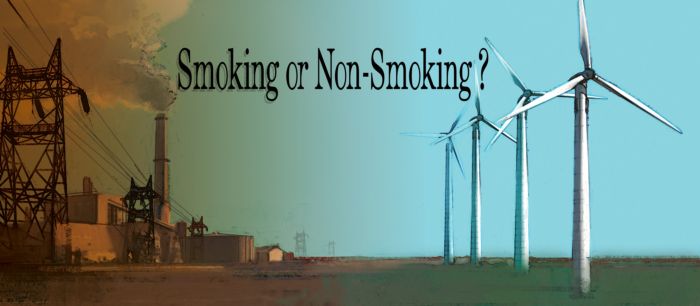Great news from the Edmunds.com Green Car Blog:
Southern California Port Pollution Drops Dramatically Under Clean-Truck Program
A clean-trucks program at the ports of Los Angeles and Long Beach in California has shown quick progress, with an 80 percent decline in diesel emissions expected by the end of 2010 — a year ahead of schedule.
“This is the most successful effort to clean a port in the world,” said Los Angeles Mayor Antonio Villaraigosa. “I mean, think about it. Nobody thought it was possible to retrofit 5,000 trucks in a year, and we’re at 5,500 and growing.”
So far, the program has reduced diesel truck emissions at the Los Angeles port (pictured) by 70 percent compared with 2007 levels, Villaraigosa said. Long Beach has seen similar results, according to Mayor Bob Foster.
The program is part of a larger effort to reduce diesel emissions at the port complex, one of the major sources of pollution in Southern California. Increased rates of cancer, asthma and other serious health ailments for area residents have been attributed to port pollution.
Villaraigosa and Foster unveiled the promising figures during a briefing at the Port of Long Beach on Thursday, when U.S. EPA Administrator Lisa Jackson announced $26.5 million in federal grants for clean-air programs throughout Southern California.
This is really great news for our port cities, whose dirty air is tied at least partially to the pollution from the ports. Diesel emissions also contain black carbon particles, which can have a much greater effect on the climate than CO2, methane, or any of the other greenhouse gases. Also, as a particulate, it can get lodged in your lungs and cause all sorts of respiratory ailments. Cutting black carbon should be a major goal, and one which the Ports of LA and Long Beach seem to be tackling very well.
Farbeit from me to advocate that Texas ever in any way should try to be like California, (*smirk*) but this shows that specific programs designed to tackle specific problems can be very effective.
“LA and Long Beach Together– Now You Know You’re In Trouble…”




 The press conference marking the announcement of the formation the Energia Mia Coalition takes place today, Aug 5th at 4:30 at St. Paul’s Community Center, 1201 Donaldson – at Donaldson and St. Cloud Road. The media arrives at 5:00 and several people from local groups are scheduled to speak. For any questions contact Cindy Weehler, at, 210-367-8510 or Kat Swift 210-471-1791. We hope to see as many people there as we can get, thanks for your support.
The press conference marking the announcement of the formation the Energia Mia Coalition takes place today, Aug 5th at 4:30 at St. Paul’s Community Center, 1201 Donaldson – at Donaldson and St. Cloud Road. The media arrives at 5:00 and several people from local groups are scheduled to speak. For any questions contact Cindy Weehler, at, 210-367-8510 or Kat Swift 210-471-1791. We hope to see as many people there as we can get, thanks for your support. After a rash of local and national press about the recent failure of Austin Energy’s GreenChoice program,
After a rash of local and national press about the recent failure of Austin Energy’s GreenChoice program, 

